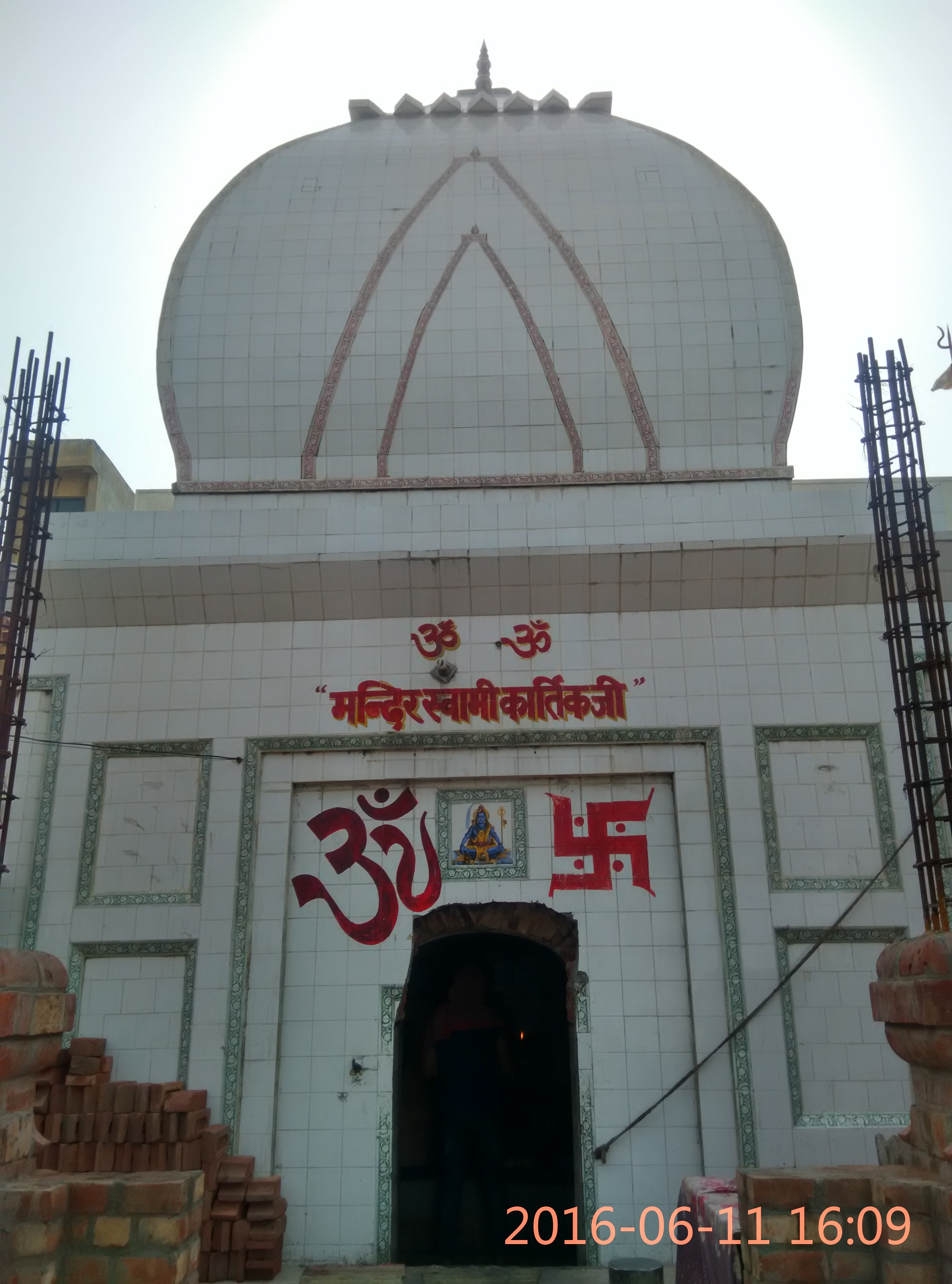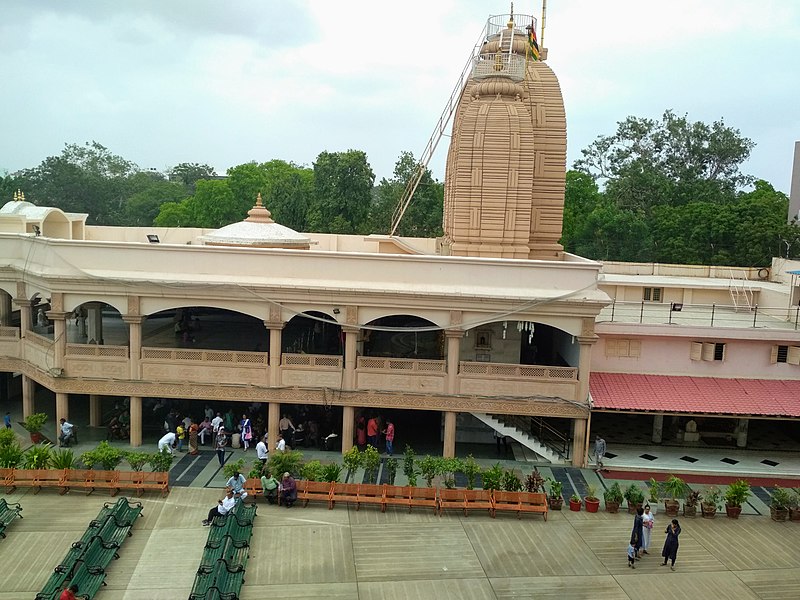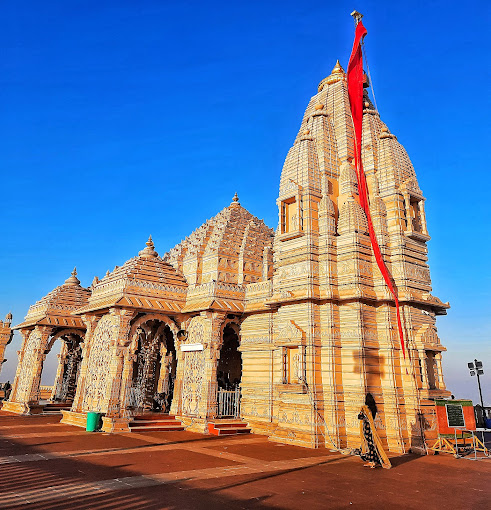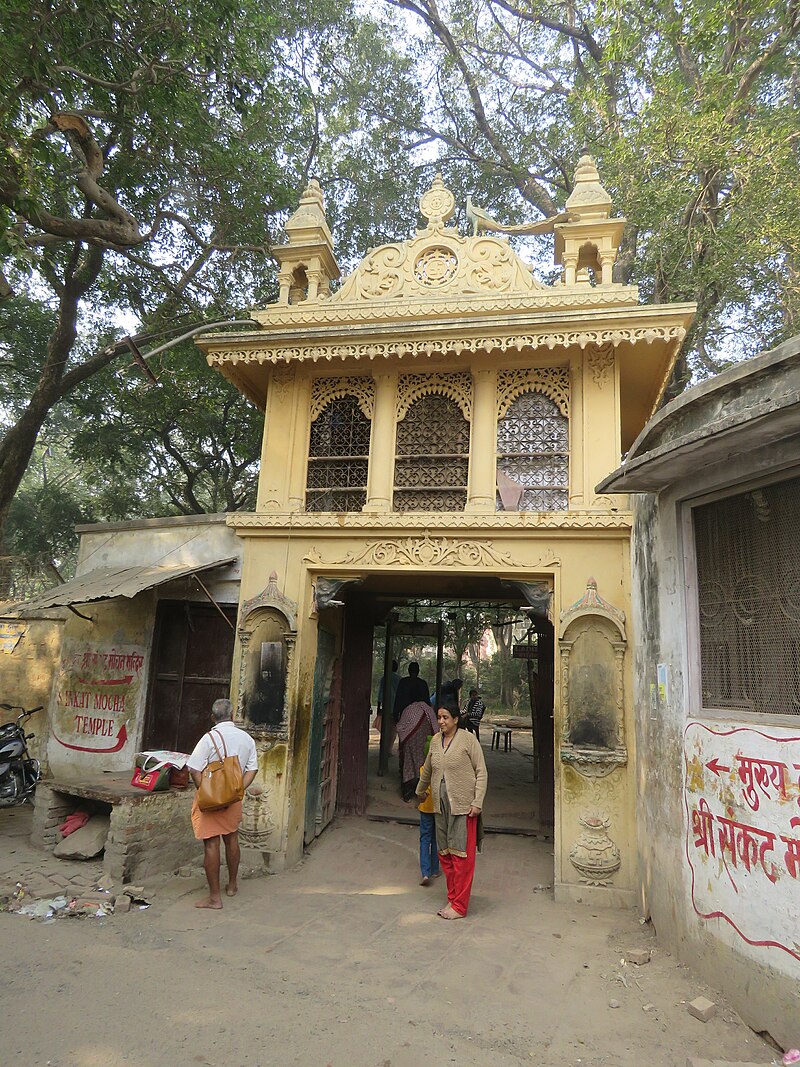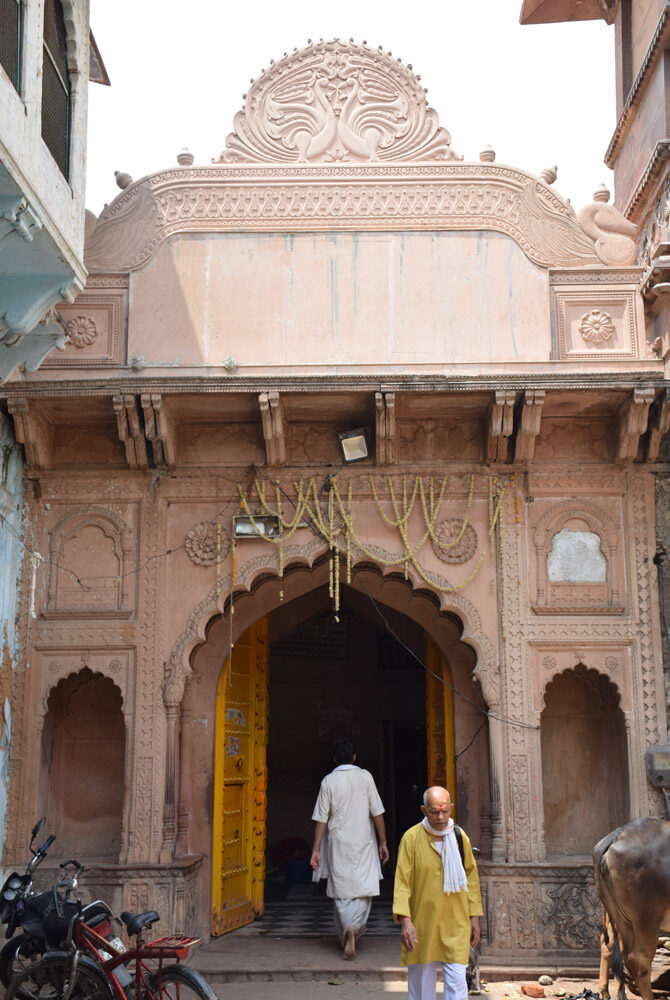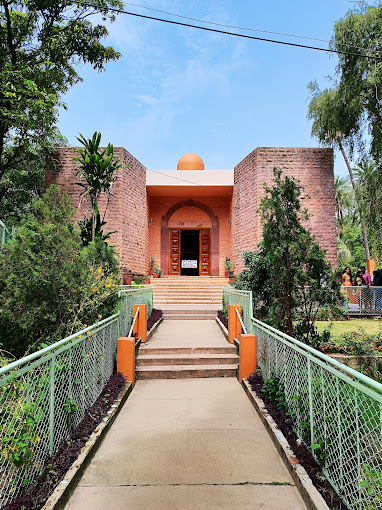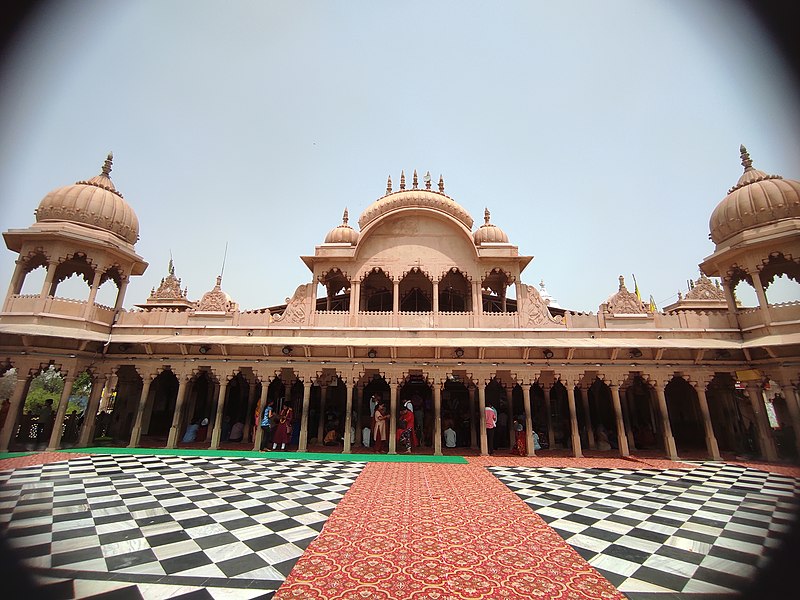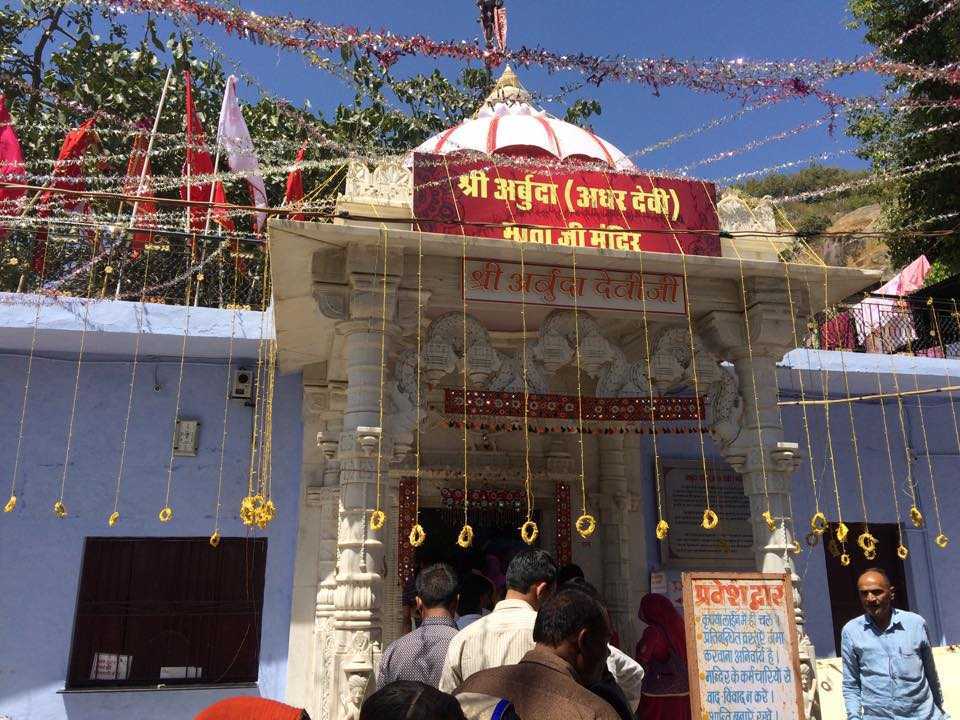Maduranthakam Eri-Katha Ramar Temple – Kanchipuram
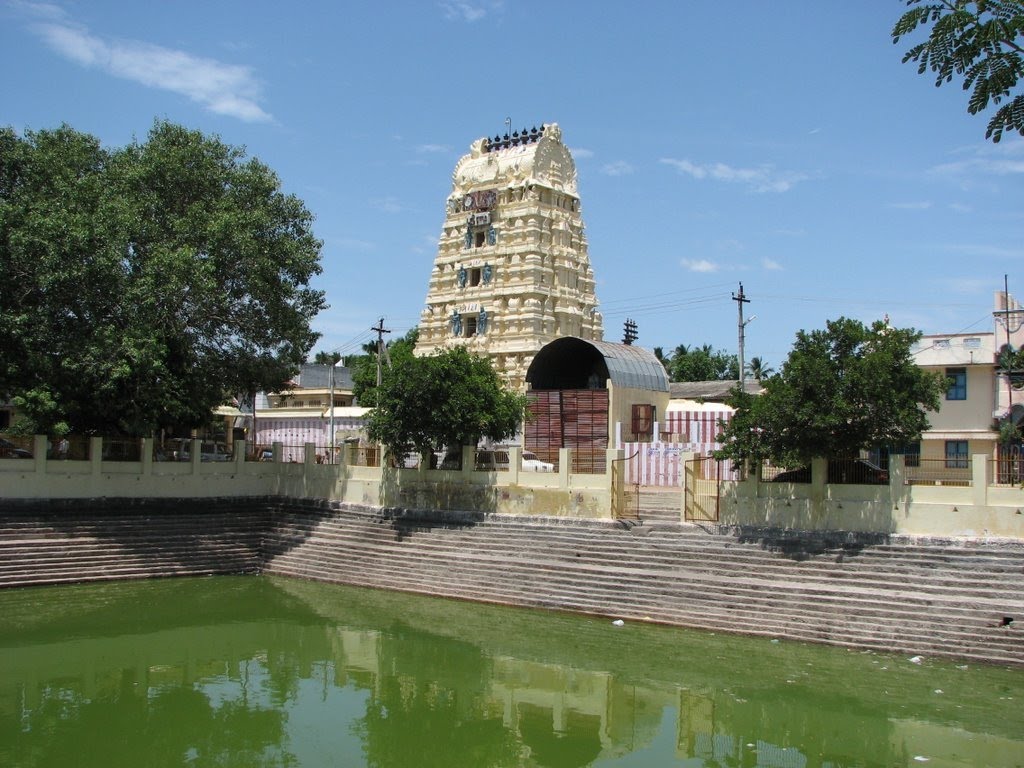
Address
Maduranthakam Eri-Katha Ramar Temple – Kanchipuram
Maduranthakam, Chengalpattu circle,
Kanchipuram district,
Tamil Nadu 603306
Moolavar
Eri-Katha Ramar, Ramanuja
Amman
Sri Janaki Valli.
Introduction
Eri-Katha Raamar Temple is dedicated to Lord Rama located in the town of Maduranthakam, Tamil Nadu, India. This is the sthalam (place) where Udayavar (the presiding deity) was named Ramanuja. The temple is also known by other names such as – Mathuranthaka Chaturvedi Mangalam, Vaikunda Varthanam, Thirumathurai, Thirumanthira Tirupathi, Karunagara Vilagam. Thirumalisai Alvar attained siddhi (enlightenment) in this sthalam. Also, Sri Ramanujar was instructed the Pancha Samskara Mantram at this place.
Puranic Significance
The temple was built during the Pallava era, and is estimated to be 1600 years old. The presiding deity of the temple is Lord Rama, thus making this one of the oldest temples of lord Rama in South India. The temple has inscriptions indicating generous gifts from Chola king Parantaka I. The place was once famous during the rule of Cholas who ruled this place as Maduranthaga Chaturvedi Mangalam after the Chola ruler Madurantaga Uttama Chola. It is believed that Gandaraditya donated the village to the Vedics (Chaturvedi – one who knows all four vedas) of the place and hence it came to be known as Chaturvedi Mangalam.
Story behind the name Eri Katha Ramar:
The name of Sri Kothandaramar here came to be popularly known as Eri Kaatha Ramar because of an interesting incident happened during the British rule here. During the period, the Collector of Chengalpattu district was a British officer called Colonel Lionel Blaze. During his collectorship, Blaze had witnessed two breaches to the huge tank. The enormity of the problem can be appreciated only when we know of the massive size of the tank. Having an area of 13 square miles (34 km2) and a depth of 21 feet (6 m), the breaching of the tank following torrential downpour was any official’s nightmare. Wanting to take preemptive action in the year 1798 the Collector camped in Madurantakam. During his sojourn the Collector was exploring ways and means to undertake urgent repairs of the breaches if and when they happened. During the course of his inspections, he happened to see a large collection of granite and other stones in the precincts of the Rama temple. The Collector mentioned to his subordinates that these could be put to use in restoration of the bunds. Hearing this temple priests submitted that the stones were meant for constructing a separate shrine for Janakavalli Thayar and since there was paucity of funds the construction could not commence. Hearing this Collector is said to have remarked that was the need for a separate shrine when more urgent work like repairing the bunds was crying for resources. Blaze told the priests that if Sri Rama protected the village from the lake during the storms of the year, he himself would build the shrine for Sri Janakavalli Thaayaar at his cost. Saying this, he went back in a hurry without even having Dharshan of the deities. Colonel tried to strengthen the lake bund with his resources but was not confident about the strength of the bund. The storms began to show in the village with heavy winds and strong pouring of rains. Rain continued for days together without any signs of stopping. The water began to rise in the lake and on one day reached up to the bund level. Blaze expected a calamity to occur. But as the collector of the district, he went out to see the water level of the lake so that he can take some precautionary measures. He took one of his servants with him holding an umbrella and went near the lake.
On seeing the water filled lake, he got worried about handling the calamity which could happen anytime then. While he was thinking worriedly, he watched two young, well-built men going around on the banks of the lake with bow and arrows on their hands. He patiently waited and saw these men wandering repeatedly on the banks. As it was night time, he couldn’t figure them out, but pitied them as they were walking on the lake bund during that dangerous night. He returned back to his place as he was already wet but was still thinking of those two strange young men. The next morning Blaze woke up and saw that the rains stopped and the sun shining. Anxious about the status of the lake, he came out and understood that there was no flooding the previous night and the bund withstood all the waters. He was too happy and went rushing to the temple to share the news with the priests. The priests were happy and welcomed him inside the temple. This time, Blaze who was in a relaxed state of mind, peacefully entered the temple and accepted the respects from the temple priests. During that time the sanctum was closed as the Alankaram (decoration) was going on for the deities. Once the doors of the sanctum opened, Blaze was shocked to see the same two young men who were wandering with bow and arrows the previous night along the lake bund, being worshipped. He couldn’t control himself and explained the priests what he saw the previous night. The priests were too happy to hear him and everyone realized that those two young men were Sri Rama and Sri Lakshmana only who have saved the village from the threatening lake. From then onwards, people fondly started calling Sri Rama here as ‘Eri Kaatha Ramar’. Blaze, as promised, immediately arranged to build the shrine for Sri Janakavalli Thaayaar, which is present at the south western side of the temple. Sri Janakavalli Thaayaar is so beautiful and is decorated with wonderful ornaments. An inscription is still found in the temple revealing that the Thaayaar shrine was built by Colonel Lionel Blaze of East India Company, the then district collector of Chengalpattu.
Ramanujar meeting with Periya Nambigal at this place: This temple also is also connected to the life of Sri Ramanujar. Sri Ramanujar along with his wife was on his way from Kanchipuram to meet Sri Periya Nambigal at Sri Rangam, as he was directed by Sri Thirukkachi Nambigal to do so and become his disciple. During the same time, Sri Periya Nambigal started from Sri Rangam towards Kanchipuram, in search of Sri Ramanujar, whom he felt would be the right disciple. As a coincidence both met here at Maduranthakam and Sri Periya Nambigal performed Pancha Samaskaaram to Sri Ramanujar under the Magizham tree of this temple. There is a small Mandapam where Sri Ramanujar undertook Pancha Samaskaaram from Sri Periya Nambigal. There is a separate shrine for Sri Periya Nambigal and Sri Ramanujar here in this temple. This is said to be the only temple where Sri Ramanujar is seen as a Grahastha (married person) and is seen with white clothing instead of saffron, as seen in other temples. Amongst Ashtaacharam, Dwayam and Saramaslokam, Ramanuja is said to have been specifically initiated with the ‘Dwayam’ manthram here. Hence, this place is also called ‘Dwayam Valaintha Tirupathi.
Beliefs
It is believed that those who worship at this temple will be cured of all diseases and blessed with peace & prosperity
Special Features
The temple was built during the Pallava era, and is estimated to be 1600 years old. The Moolavar (presiding deity) of the temple is Lord Rama. The temple has inscriptions indicating generous gifts from Chola king Parantaka I. The Moolavar is in a standing position facing east and is around 8 feet (2 m) tall. This temple is situated near the Maduranthakam lake shore.
Sri Kodanda Rama, also known in this region as Yeri Katha Rama (the one who saved the village from flooding from Madurantakam lake), is enshrined in the Yeri Katha Ramar Temple. Sita resides in the temple as Sri Janaki Valli. The other deities enshrined are Sri Chakarathalwar, Sri Ramanuja, and Sri Lakshmi Narasimha. The Kondandaramaswamy temple has two sets of Utsavar idols of the presiding deity and his consort, and Lakshmana. While one deity is named Rama, the other is known as Karunakara Perumal. There is also a separate shrine for Goddess Sita, known as Janakavalli Thayar, which is claimed to be very rare. This shrine was built by an English Collector, Colonel Lionel Blaze who assured the people that he would build a shrine for Devi if the newly built surplus water weirs withstood the fury of monsoon rains.
Madurantakam is one of the holy places visited by Ramanuja though it has not been sung by the alvars. The place is also unique in that Ramanuja’s statue is found dressed in white on all days while in almost all temples the saint is dressed in ochre. The temple is facing east with Sri Kothandaramar as the main deity. There is a beautiful Mandapam outside the sanctum with lots of pillars allowing cool breeze into the temple. In the Mandapam adjacent to the sanctum, there is a secret underway found which starts from the Maduranthakam lake and passes through the temple and reaches the temple pond. The outer prakaram has a majestic Dhwajasthambham, adding beauty to the temple. On entering the temple, Sri Chakrathaazhwar shrine is found on the left hand side facing north. The Sthala Viruksham ‘Magizha Maram’ is found on the north western side of the temple. There is a separate shrine for Sri Vishwaksenar on the outer prakaram facing south. Sri Narasimhar gives darshan at the north eastern side of the temple, facing towards south. Lots of stone inscriptions are found along the walls of the temple. The Vimaanam for this temple is called Pushpaka Vimaanam. The temple pond is found in front of the temple and is called Sri Rama Theertham, which needs some clean up.
Sri Aanjaneyar is seen in a separate shrine adjacent to the pond facing west towards the temple. Adjacent to Sri Aanjaneyar shrine Sri Ahobila Mutt is present. In two of his poems, Saint Manavala Mamunigal asks everyone who wants to cast away his past sins to worship the Lord at this place.
Ramanujar: This is the place under the Magizha tree, where Sri Ramanujar was given “Pancha Samaskaram” (initiation) by his teacher Peria Nambigal. That is when Maduranthakam was given the name “Dvayam Vilindha Tirupathi”. Upon receiving Kanchi Varadarajar’s divine order through Tirukachi Nambi, Ramanuja set forth for Srirangam to become the disciple of Peria Nambigal. He met him in Maduranthakam itself, in the lake precincts.
Peria Nambigal was on his way to Kanchipuram to install Ramanuja as the successor of Sri Alavandar. In the month of Avani, on the Sukla Panchami, Peria Nambigal gave the Samasrayanam or Pancha Samskaram called Dvaya Mantropadesam (divine syllable). The festival is celebrated every year. This is the only place where Ramanujar can be seen as a Grihastha (family man).
No Hanuman inside the temple: A unique feature at this temple is the absence of Hanuman inside the temple. As Raama had sent Hanuman as a messenger to inform Bharata that he was on his way and did not come along with Raama in the Pushpaka Vimaanam, Hanuman is not seen inside the temple.
Festivals
Vaikunda Ekadasi falling in December-January (Tamil Margazhi) is grandly celebrated in the temple. The temple has two main festivals. One is Sri Rama Navami and the other is the Brahmotsavam during the Thamizh month of Aani on the day of Moolam star. Bashyakaarar Jayanthi in Chitrai also celebrated in this Temple.












Century/Period
1600 Years Old
Managed By
Hindu Religious & Charitable Endowments Department (HR&CE)
Nearest Bus Station
Madurantakam
Nearest Railway Station
Chengalpattu,Madurantakam
Nearest Airport
Chennai
